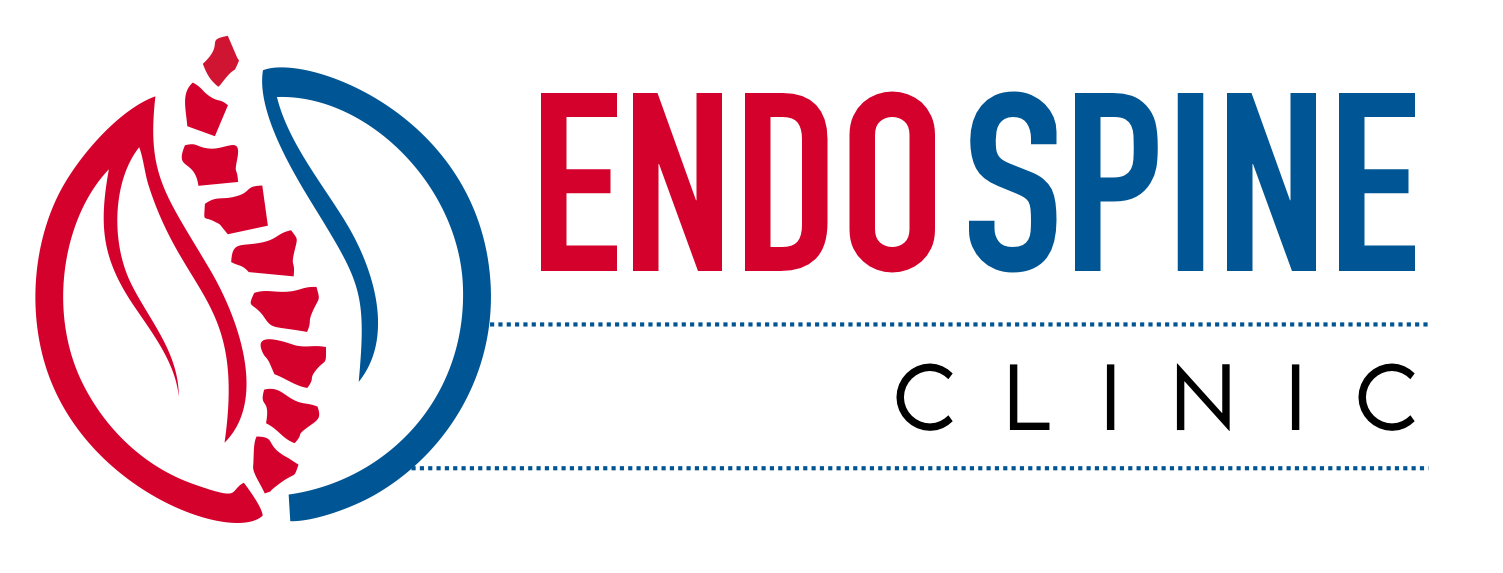What is Spinal Stenosis?
- Narrowing of the spinal canal which places pressure on the spinal cord
- Occurs most often in lower back and neck areas
- Generally results from effects of ageing
Spinal stenosis is a narrowing of the spinal canal. The narrowing effect places pressure on the spinal cord. Patients begin to experience problems when inflammation of the nerves occur at the level of increased pressure. The pressure can be caused by a number of factors including wear and tear from ageing, bulging or herniated discs or Spondylolisthesis (the slipping of one vertebra onto another).

Our Treatment Approach
Our team of back and spine specialists will pinpoint the exact location of your spinal stenosis and develop a treatment plan to successfully address it. Initial treatments generally emphasise conservative care including over-the-counter pain relievers and anti-inflammatory medications, moist heat and ice packs, targeted exercise or physical therapy, rest or restricted activity and injections to block the pain and reduce the inflammation. If these conservative approaches aren’t successful, surgery may be the best treatment option. Because our focus is on minimally invasive approaches, recovery times are generally quicker and patients often experience pain relief sooner rather than later.
Causes
Spinal stenosis can be caused by:
- The wear and tear of ageing
- Bulging disc
- Herniated disc
- Spondylolisthesis
- Genetic predisposition
Symptoms
Spinal stenosis usually affects your neck or lower back. Not everyone has symptoms, but if you do, they tend to be the same: stiffness, numbness, and back pain. If you are diagnosed with spinal stenosis, your symptoms will vary depending on the location of the stenosis.
- Lumbar (lower back) spinal stenosis often results in pain, weakness or numbness in the legs, calves or buttocks. Symptoms often intensify when walking short distances and decrease when sitting, bending forward or lying down.
- Cervical (neck) spinal stenosis may cause similar symptoms in the shoulders, arms and legs.
- Hand co-ordination and balance issues may occur.
- In some patients the pain may start in the legs and move upward to the buttocks.
- In other patients the pain may being higher up in the body and move downward.
- The pain may radiate or may be a cramping pain or, in severe cases, may be constant.
While spinal stenosis is not a serious condition in the initial stages, it can lead to serious and permanent damage if it becomes advanced or remains untreated.

